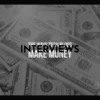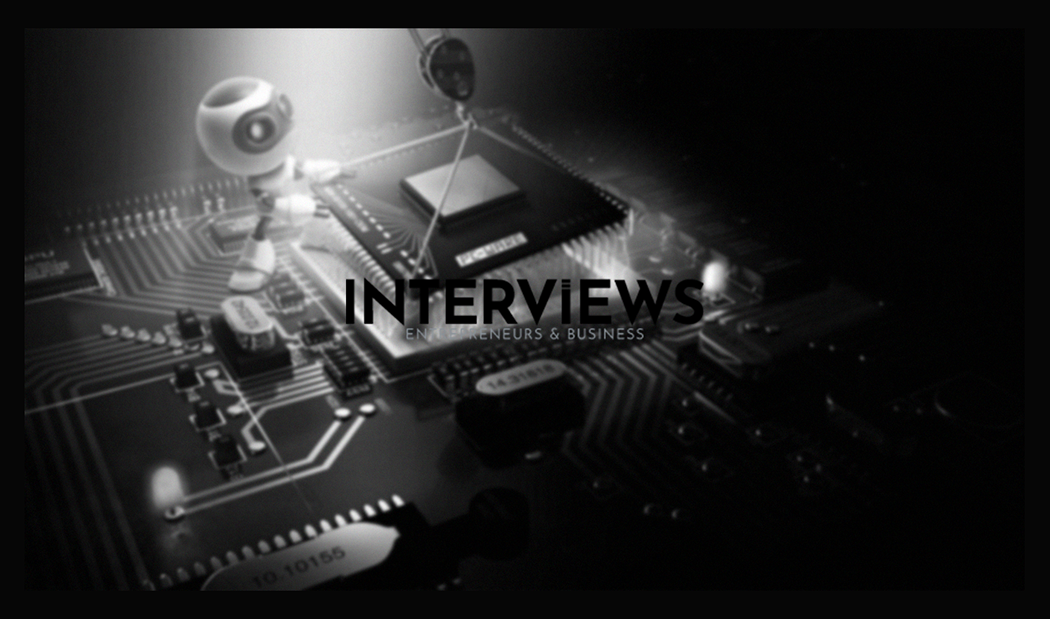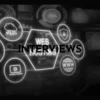So, You Wanna Build a Gadget? Let’s Talk Prototypes
You have a great idea. It’s alive in your mind, right? But it’s still not real. Time to create it. Prototyping brings ideas to life. Think of your prototype as the awkward phase of your product. It’s essential but often clumsy. Necessary to become what you want.
The Cold, Hard Cash of Prototyping (aka, Prepare Your Wallet)
Prototypes cost money. They are not free. Depending on your invention, expect costs from $100 to $30,000+. Yes, you heard it. Thirty thousand dollars for a draft. Welcome to product development.
Why the big cost difference? Think about dating. Are you just texting (Stage 1: Concept Design, around $1,000) to see if there’s chemistry? That’s basic user testing. Or are you deep in marriage talks, introducing your idea to parents (Stage 2: Design Engineering, from $5,000)? Advanced prototypes can cost a lot.
Each prototype is demanding. They need new materials, labor, and resources. Think of it as having a pet with specific needs. So prepare yourself for the expenses ahead.
From Scribbles to (Almost) Reality: The Prototype Journey
Let’s get to how to create this prototype. Here’s a simple roadmap:
- Doodle Time: The Initial Sketch. Grab whatever’s handy. Sketch it out. Don’t worry about being perfect; just make it visual. Think of cave art for product ideas.
- Digital Shenanigans: Prototyping Tools. Explore digital tools for prototyping. They can help refine your sketches and create interactive models. Think SimCity for your business.
- 3D Printing Magic. Prototypes are now emerging from machines like in the future. 3D printing can quickly bring designs into reality. It’s not quite Star Trek, but it’s close.
- MVP, Not VIP: Minimum Viable Product. Don’t seek perfection initially. Create a Minimum Viable Product (MVP) that functions and shows its core value. It’s like casual dating before commitment.
- Call in the Pros: Outsourcing. Feeling lost? No problem. Outsource your prototype tasks. Use experts dedicated to prototyping. It’s like hiring a contractor for your home renovation.
Where to Find Your Prototype Whisperer
Ready to find someone to create this? Where do you look for prototype experts?
- Local Heroes: Workshops. Visit local makerspaces or workshops. They often have tools and people eager to build with you. Think of it like a club for inventors.
- Social Media Sleuthing. Social media can help with more than entertainment. Use LinkedIn or Facebook groups related to product design to network. You never know who’s lurking there.
- Pattern/Model Makers: The OG Prototypes. These craftsmen specialize in creating prototypes for production. They have years of knowledge and skill crucial for success.
- Online Goldmines: Supplier Directories. Need a manufacturer? Online directories can connect you with vetted factories. Check out Maker’s Row or ThomasNet for reliable options.
How Long is This Gonna Take? (The Time Factor)
Prototyping takes time. Typically, expect an overview of 1 to 2 months to see your prototype. It needs patience, like waiting for sourdough to rise.
If using 3D printing, some parts might arrive quickly in hours or days. However, a complete prototype likely still takes 1 to 2 months. Great inventions don’t come overnight.
Selling Dreams vs. Building Realities: Prototype or Bust?
Can you sell an idea without a prototype? Yes, but it’s hard. Selling just an idea is like selling air – it’s not tangible. A prototype gives your idea something real that people can see.
If you go with just the idea, think about legal protection. Patents or Non-Disclosure Agreements (NDAs) can protect against idea theft. Safeguarding your intellectual property is essential without a physical prototype.
From Prototype to Production: The Next Level
You have a prototype. Great! But don’t celebrate yet. Manufacturing is next. Here’s a checklist:
- Concept Clarity: Make sure your concept clearly addresses a problem.
- Patent Patrol: Check patents. Ensure you won’t infringe on someone else’s work.
- Market Mania: Investigate your market. Is there a demand for what you’re making?
- Model Magic: Create a detailed model of your product that looks appealing.
- Prototype Power: Build and test your prototype rigorously.
- Patent Pursuit: File your patent application to protect your invention.
- Business Blueprint: Prepare a solid business plan to guide your efforts.
- Funding Frenzy: Secure funding unless you have ample resources on your own.
Prototyping on a Shoestring: Budget Materials
Prototypes can be affordable. Use budget-friendly materials such as:
- Cardboard (classic for prototypes)
- Foam board (light and lets you experiment)
- PVC pipes (cheaper resources with many uses)
- Clay (shape your visions into form)
- Recycled items (use old electronics and packaging)
Your creativity can save both money and resources.
Patent Pending? Prototype First? The Great Debate
No need for a prototype before a patent. The U.S. Patent Office doesn’t demand one. Just need a detailed description is enough.
A prototype can still help refine the invention and strengthen the patent application. Showing investors something tangible is more convincing than just words.
Free Patent Help? Yes, Please!
Patents can be costly, but help exists. Look for the USPTO’s Patent Pro Bono Program to connect with volunteer patent attorneys. Conduct free online patent searches to verify your idea is truly original.
Idea Protection 101: The NDA
Sharing ideas is risky. Enter the Non-Disclosure Agreement (NDA). If sharing with others, especially collaborators, have an NDA ready. It’s a legally binding promise against idea theft. While it may not stop determined thieves, it still offers some protection.
A good first line of defense.
Show Me the Money! Funding Your Prototype
Need cash for your prototype? If you have a business plan and a polished prototype, look at venture capitalists (VCs) or angel investors. They invest in startups with high growth potential. Be ready to pitch and convince them your prototype shines.
What Makes a Prototype a Prototype?
A prototype is a rough draft of your product. It shows the look, feel, and function of the final item. It is a “close enough” version. Perfection is not required, but capture the essence of your invention. It’s an appetizer before the main course, a sneak peek of what’s to come.
Pitch Perfect: Selling Your Idea with Confidence
Ready to pitch your idea? Here’s the cheat sheet:
- Company Creep: Research the company and your audience. Know your audience and what they seek.
- Story Time: Craft your elevator pitch. Keep it short and memorable.
- Idea Injection: Define your idea and its benefits. Why should they care? What problem does it solve for them?
- Practice, Practice, Practice: Rehearse until it feels natural. Practice in front of anyone who will listen.
So there you have it. A crash course in prototyping. It’s a journey of discovery, frustration, and triumph. Now go build something amazing, or maybe a little weird. Make your mark on the world. Good luck, and may your prototypes be in your favor.





